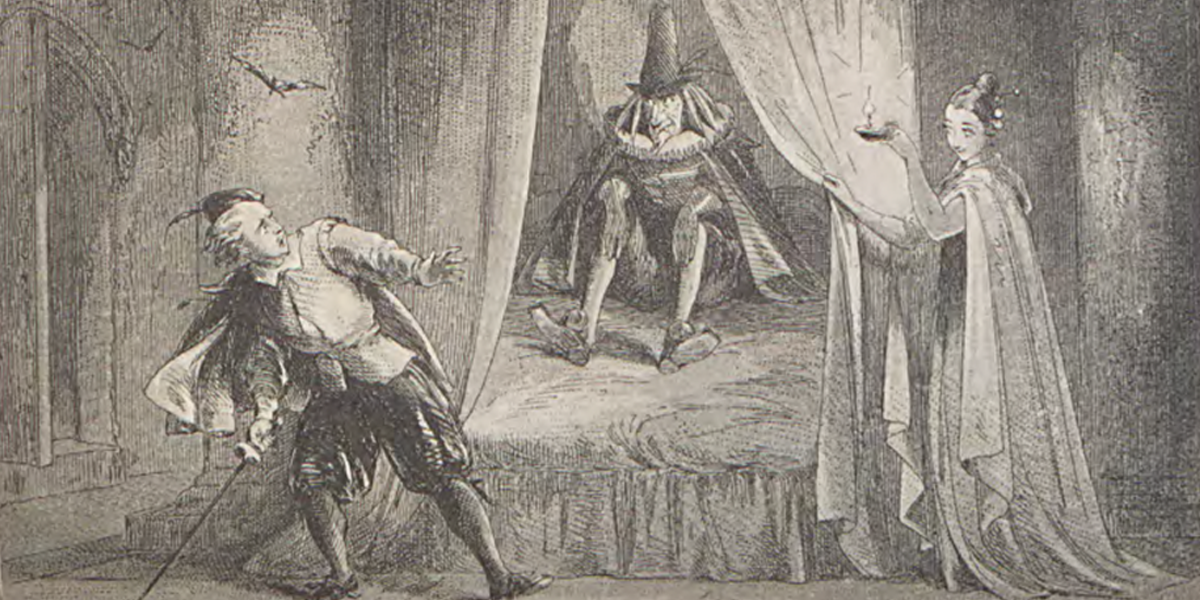The short story originally published as “Strange Event in the Life of Schalken the Painter. Being a Seventh Extract from the Legacy of the Late Francis Purcell, P.P. of Drumcoolagh” in Dublin University Magazine (May 1839) is widely recognized as the earliest masterpiece by the Irish novelist, short story writer, and journalist Joseph Sheridan Le Fanu (1814-1873). The original version was reprinted seven years after Le Fanu’s death in The Purcell Papers (London: Bentley, 1880), edited by the Le Fanu family friend, Alfred Perceval Graves, with the help of Le Fanu’s younger brother William. Between these two texts of the original version, Le Fanu revised the tale and retitled it simply “Schalken the Painter” for his collection Ghost Stories and Tales of Mystery (Dublin: McGlashan, 1851). The edition uses the original 1839 text. In-line annotations note all variants from this base text in the 1851 and 1880 texts. In-line annotations also offer notes explaining historical and cultural references that may be obscure to contemporary readers, such as the fact that the story references and is inspired by the works and life of the actual Dutch painter Godefridus Schalcken (1643-1706).
Editorial Apparatus
- A Note on the Text
- General Introduction |
- Juxta Collation
- Juxta Comparison Set
- Protocols for Scholarly Proofreading
- Protocols for Transcribing and Formatting Textual Witnesses for Scholarly Editing
- Works Cited
- “Schalken the Painter.” By Joseph Sheridan Le Fanu. Ghost Stories and Tales of Mystery. Dublin: James McGlashan; London and Liverpool: William S. Orr and Co., 1851: 107-135.
- “Strange Event in the Life of Schalken the Painter.” By Joseph Sheridan Le Fanu. Dublin University Magazine 13 (May 1839): 579-91.
- “Strange Event in the Life of Schalken the Painter.” By Joseph Sheridan Le Fanu. The Purcell Papers. 3 Vols. London: Richard Bentley and Son, 1880: 2.184-254.
- Illustrations by George Brinsley Sheridan Le Fanu (Le Fanu’s son) to “Strange Event in the Life of Schalken the Painter.”
- SHE DREW THE CURTAINS (167)
- STRANGE EVENT IN THE LIFE OF SCHALKEN THE PAINTER (126)
- THE WATERS OF THE BROAD CANAL SETTLING RING AFTER RING IN HEAVY CIRCULAR RIPPLES (163)

